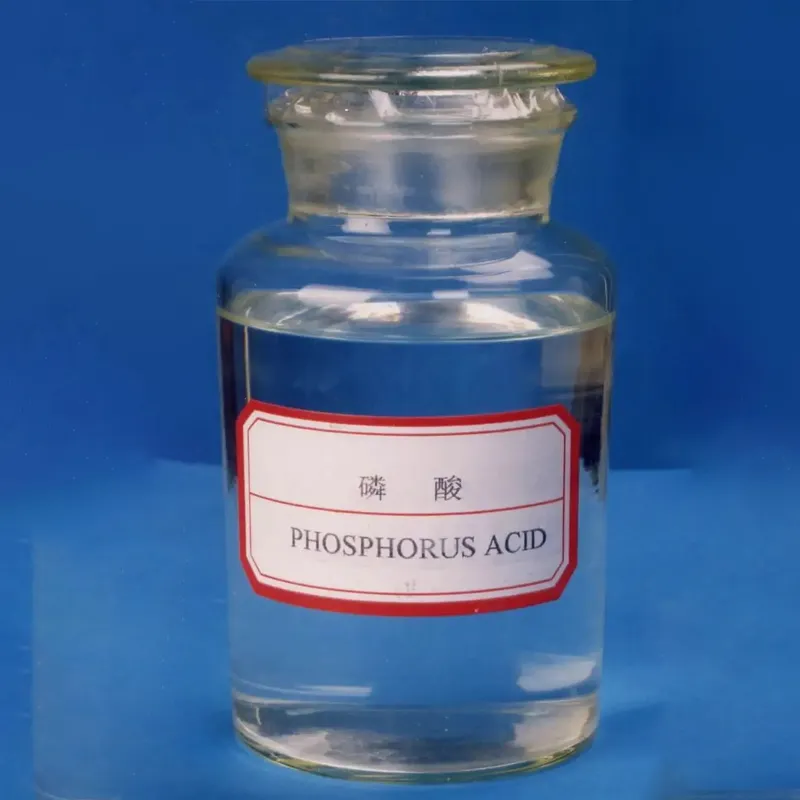
maltodextrin preservative
Understanding Maltodextrin as a Preservative
Maltodextrin is a widely used ingredient in the food industry, primarily derived from starch through a process known as hydrolysis. It appears as a white powder, is mildly sweet, and is easily soluble in water. While many consumers are familiar with maltodextrin as a thickening agent or sweetener, it also plays a crucial role as a preservative in various food products. To fully appreciate its use and implications, it is essential to delve into the properties, benefits, and concerns surrounding maltodextrin as a preservative.
Properties of Maltodextrin
Maltodextrin is produced from sources such as corn, rice, or potato starch, undergoing a controlled enzymatic process that breaks down the starch molecules into shorter chains. This process results in a carbohydrate that is easily absorbed and utilized by the body for energy. The powder is characterized by its neutral taste and ability to improve the texture and stability of food products. Its hygroscopic nature allows it to absorb moisture, which is beneficial in reducing the water activity in certain foods, thereby extending their shelf life.
Functions as a Preservative
Maltodextrin serves several functions in food preservation. By lowering the water activity of a product, it helps inhibit the growth of microorganisms, including bacteria and mold, which are significant contributors to food spoilage. This property makes maltodextrin an effective agent in various applications, particularly in the formulation of dry mixes, snack foods, and sauces.
Moreover, maltodextrin can also enhance the stability of flavors and colors in food products. It acts as a carrier for flavors, allowing them to be better distributed and perceived when consuming the product. This functionality is particularly valuable in processed foods where maintaining flavor integrity is crucial.
Benefits of Using Maltodextrin
maltodextrin preservative

The use of maltodextrin as a preservative offers several advantages. First and foremost, it is a safe and non-toxic ingredient, generally recognized as safe (GRAS) by the Food and Drug Administration (FDA). This status provides reassurances to both manufacturers and consumers regarding its use in food products.
Maltodextrin is also versatile, adapting well to various types of food applications. Its neutral taste ensures that it does not alter the flavor profile of the foods, making it a preferred choice in many formulations. Additionally, it can enhance the texture, providing a desirable mouthfeel in products ranging from sauces to baked goods.
Furthermore, it acts as a low-calorie alternative compared to other sweeteners and thickeners, which appeals to health-conscious consumers. Its ability to improve the shelf life of products contributes to decreased food waste, which is a growing concern in the global food industry.
Concerns and Considerations
Despite its many advantages, there are some concerns associated with the use of maltodextrin. One of the predominant issues is its potential impact on blood sugar levels, as it is a carbohydrate. For individuals with diabetes or those monitoring their carbohydrate intake, consuming high amounts of maltodextrin can lead to spikes in blood sugar.
Moreover, there is a growing movement among consumers advocating for clean label products with minimal ingredients. As a result, the presence of maltodextrin in food products can generate pushback from those seeking more natural alternatives. Manufacturers must balance the functional benefits of maltodextrin with consumer preferences for transparency and minimal processing.
Conclusion
Maltodextrin is an effective preservative with versatile properties that make it a valuable ingredient in the food industry. Its ability to inhibit microbial growth, enhance texture, and maintain flavor integrity while being safe for consumption underscores its importance in modern food production. However, as consumer preferences evolve toward cleaner labels and health-conscious choices, the food industry must navigate these complexities carefully. Understanding maltodextrin not only aids in appreciating its role in food preservation but also highlights the ongoing dialogue between technological advancements and consumer health consciousness.
-
Understanding Synthetic Rubber OptionsNewsApr.27,2025
-
Trichloroisocyanuric Acid: Essential for Clean and Safe WaterNewsApr.27,2025
-
Sodium Dichloroisocyanurate: Key to Safe Water TreatmentNewsApr.27,2025
-
Sodium Acid Pyrophosphate: Essential in Modern Food ProcessingNewsApr.27,2025
-
Essential Water Treatment ChemicalsNewsApr.27,2025
-
Denatured Alcohol and Its Industrial UsesNewsApr.27,2025
-
The Versatile Uses of Sodium BicarbonateNewsApr.24,2025
Hebei Tenger Chemical Technology Co., Ltd. focuses on the chemical industry and is committed to the export service of chemical raw materials.
-

view more DiethanolisopropanolamineIn the ever-growing field of chemical solutions, diethanolisopropanolamine (DEIPA) stands out as a versatile and important compound. Due to its unique chemical structure and properties, DEIPA is of interest to various industries including construction, personal care, and agriculture. -

view more TriisopropanolamineTriisopropanolamine (TIPA) alkanol amine substance, is a kind of alcohol amine compound with amino and alcohol hydroxyl, and because of its molecules contains both amino and hydroxyl. -

view more Tetramethyl Thiuram DisulfideTetramethyl thiuram disulfide, also known as TMTD, is a white to light-yellow powder with a distinct sulfur-like odor. It is soluble in organic solvents such as benzene, acetone, and ethyl acetate, making it highly versatile for use in different formulations. TMTD is known for its excellent vulcanization acceleration properties, which makes it a key ingredient in the production of rubber products. Additionally, it acts as an effective fungicide and bactericide, making it valuable in agricultural applications. Its high purity and stability ensure consistent performance, making it a preferred choice for manufacturers across various industries.











